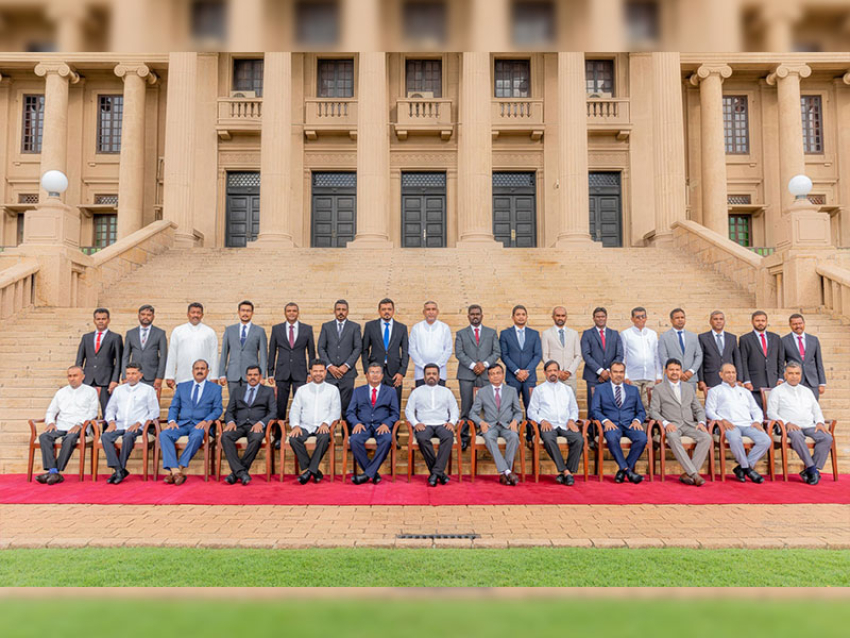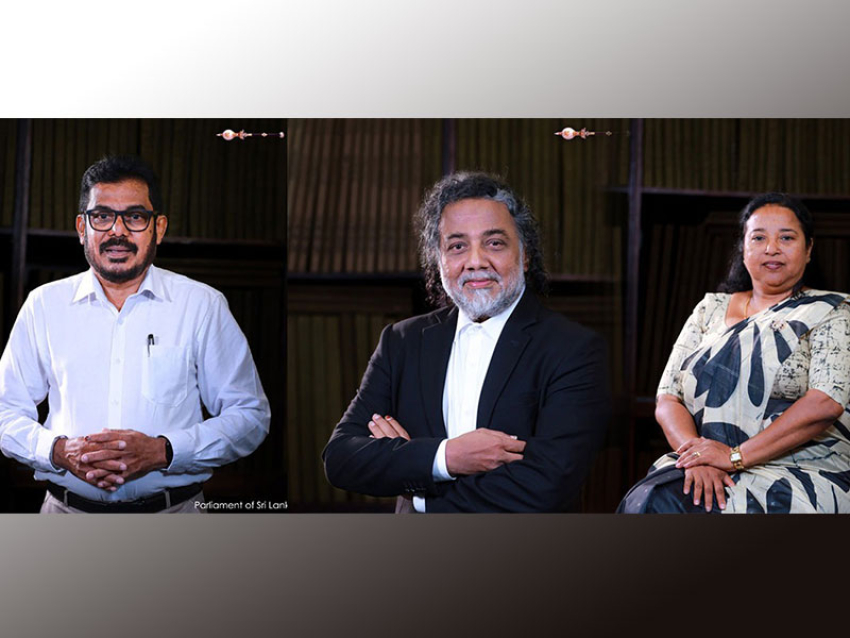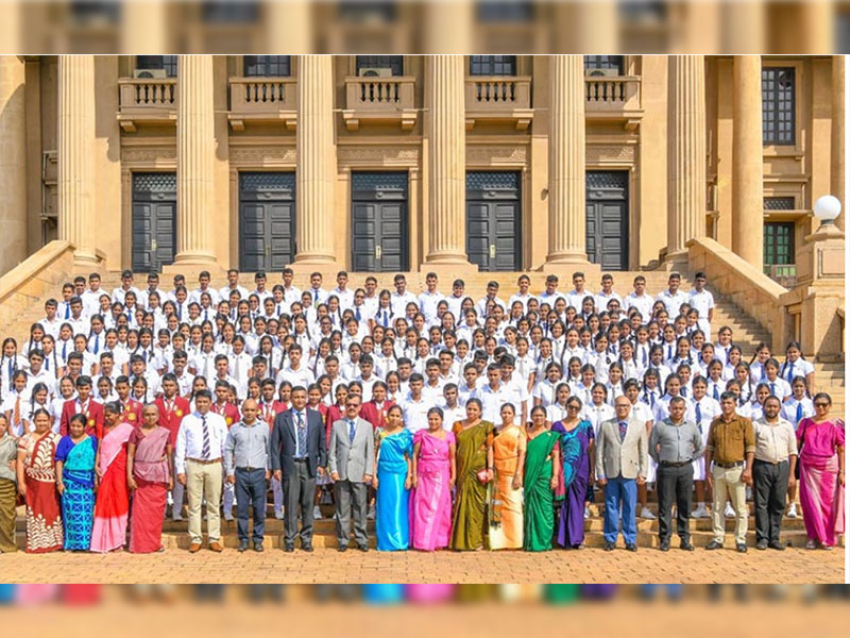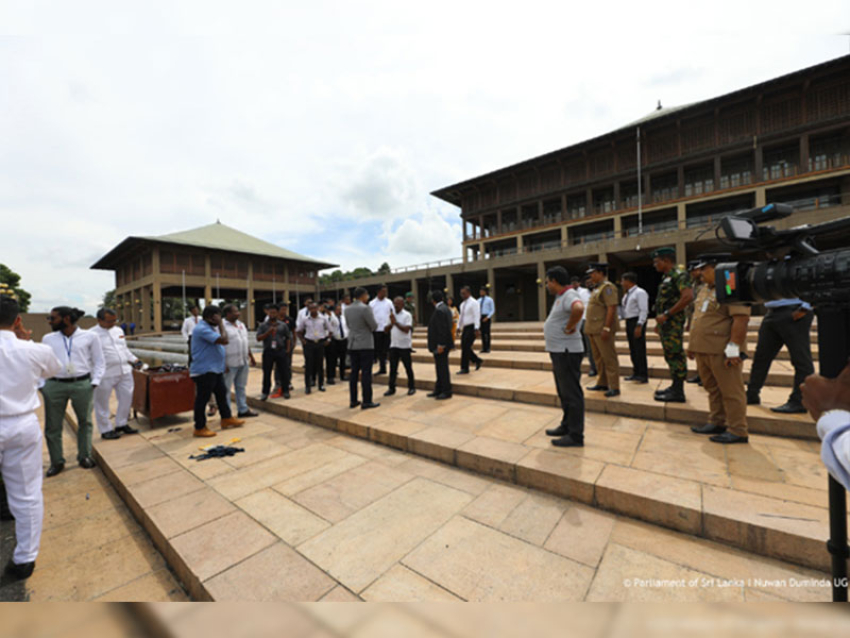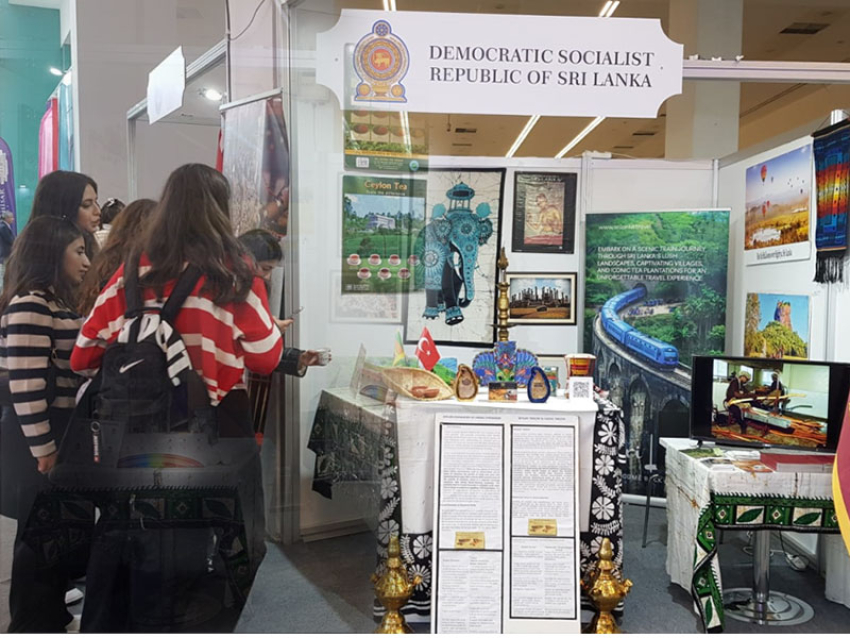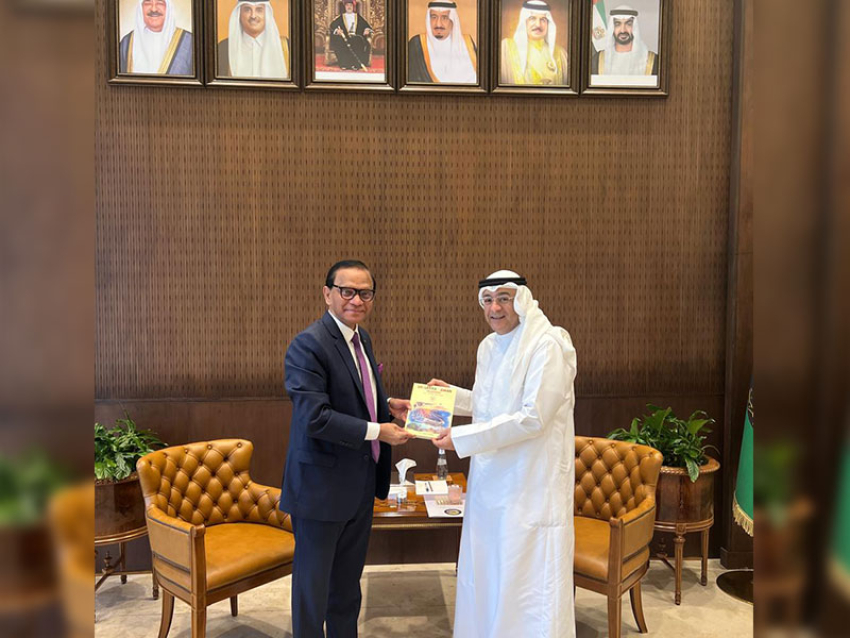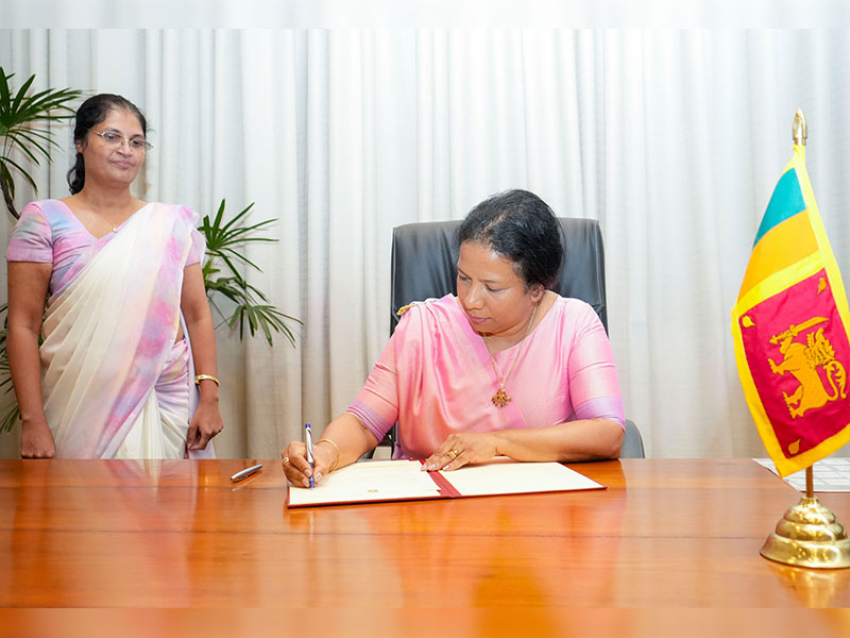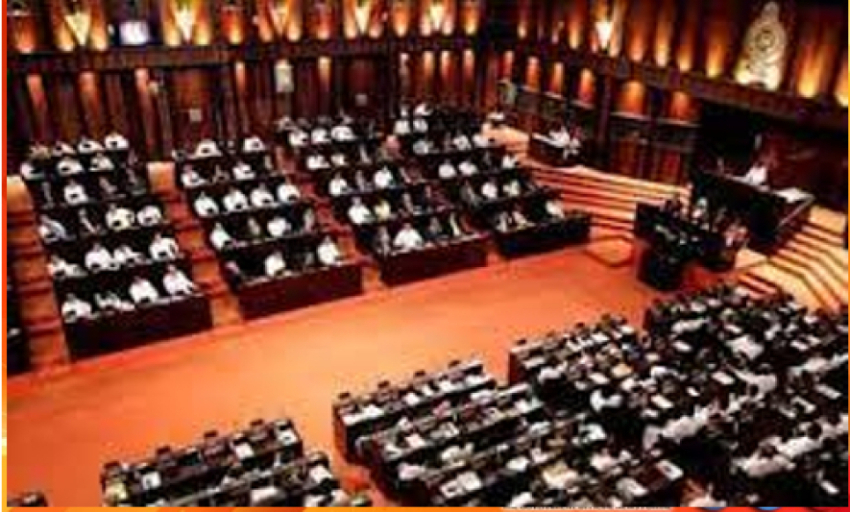In Sri Lanka the convergence of political and social activism, role of regulatory system and legal definitions, progressive physical development tasks and shifting disciplinary ethics have transformed the heritage resource management practice today. It is seen that the heritage management practice today has worked for and against the true heritage interests in archaeological and conservation point of view.
The pulling down of centuries old buildings to make a pathway for modern development, the alteration of meaning, character and distinctiveness of heritage buildings and cultural sites due to replenishments, change of use, commercialization, gentrification, the property ownership issues due to artificially increased land prizes in historic towns, the unfavourable results through radically pursued theorized concepts such as freezing of living historic precincts, and ever-increasing tensions between the heritage authorities and the property owners exemplify this situation in our context.
At the same time the current cases show that the heritage property owners have responded in variety of ways, ranging from personal intrusions to legal actions and to business ventures. The ensuing the people’s engagement in heritage stewardship has forced archaeologists and conservators to pursue innovative solutions to ethical, political, and theoretical challenges, and it is recognized that people are increasingly more in control over the stewardship of the cultural heritage. Recent incidents in number of places of the country which are probably less attended by the conservation authorities report that the villagers, community leaders and priests of the religious institutions have proactively involved in safeguarding the heritage properties. This substantiates that some communities are yet aware that protecting the heritage is their responsibility as it historically happened in Sri Lanka.
Today the behaviour of youth and their responses to the heritage values seem different to youths in the past in Sri Lanka. The recent incidences on inappropriate youth’s behaviour in Pidurangala and other religious heritage monuments show that today trends among the some youth are being built due to the loss of their emotional bonds and sentimental attachments with the cultural heritage.
Hence, heritage resource management in Sri Lanka today needs to embrace the potentials by looking at new ways of stewardship, engaging in theoretical and ethical debates, and integrating and respecting people’s perceptions, and accepting people’s involvement and control in heritage stewardship.
Heritage management and current issues in Sri Lanka
The Cultural Heritage Management is about managing the impacts of the modern world on cultural resources. It involves managing cultural landscapes, archaeological sites, historical records, social institutions, expressive cultures, old buildings, religious beliefs and practices, folk life, artifacts and spiritual places. Presently in Sri Lanka the heritage management task has been entrusted primarily to Department of Archaeology being the national heritage authority and Antiquities Ordinance Law No 9 of 1940 provides the legal framework to the department (Government of Ceylon, 1956). However at present, the country experiences a number of grave issues in terms of safeguarding and managing the cultural heritage.
Thefts of artifacts and pillaging of Sri Lanka’s historical and cultural sites have increased today exceptionally high. In the same manner, a large number of heritage buildings in cities and villages throughout the country have been demolished for various reasons. During the recent past, many such demolitions were carried out within urban centres, specially in Colombo City to create new development sites by the public as well as the private sector. The clearing of British period warehouses once adorned the south Beira Lake’s eastern edge in Colombo is one such case. Few years ago, a protest was conducted by Sri Lankans who live in Sri Lanka and abroad against the decision to demolish Oliver Castle which considers as one of Sri Lanka’s last remaining heritage villas representing a period in Sri Lankan history when Sri Lankans entered the international export trade on an international scale and achieved unimaginable success. What is most important is that these types of buildings immensely contribute to the uniqueness of the street character thus their existence is vital.
The key argument of the client on the request to demolish this building was that it is not in the heritage list of Archaeological Department. However with the strong resistance of people and pressure groups, it was finally decided to retain only the building’s façade while replacing the historic building with a new construction at behind.
Also the character, value and the significance of many heritage sites have been much destroyed due to inappropriate new developments within the close proximity of heritage places. Construction of an international cricket ground with a number of buildings in front of Galle Fort is a good example.
To a certain extent, the current heritage resource management system does not allow for having a dialogue with community wishes on how their cultural resources should be managed having their partnerships with the authority’s objectives. The opportunities for economic benefits to the communities will also need to be maximized while targeting the state revenue increases. Current practice does not adequately recognize non-material cultural resources as a cultural heritage resource which must also be managed.
The new concept for heritage stewardship
Over century’s time, heritage stewardship was mainly carried out by the people, communities and inhabitants who are associated with them. The traditional communities had strong affections, meanings and great sense with heritage places, institutions, environments, landscapes and continuing social activities and they believed that it was their responsibility to look after them.
The ‘sense of place’ is considered as an effective stewardship concept in dealing with the cultural heritage resource management issues. Though the definition of the concept of ‘sense of place’ is variable, it may be defined as ‘a feeling or perception held by people, to a certain place on the landscape’. Like other forms of heritage, landscape provides a vital repository of cultural meaning in relation to identity, belonging and sense of place. The ‘sense of place’ generates optimistic impacts on individual’s thoughts and community’s overall vision in association with natural environments and manmade heritage places. Therefore the sense of place existing in cultural heritage domains can be exploited to establish effective strategies for the heritage stewardship.



